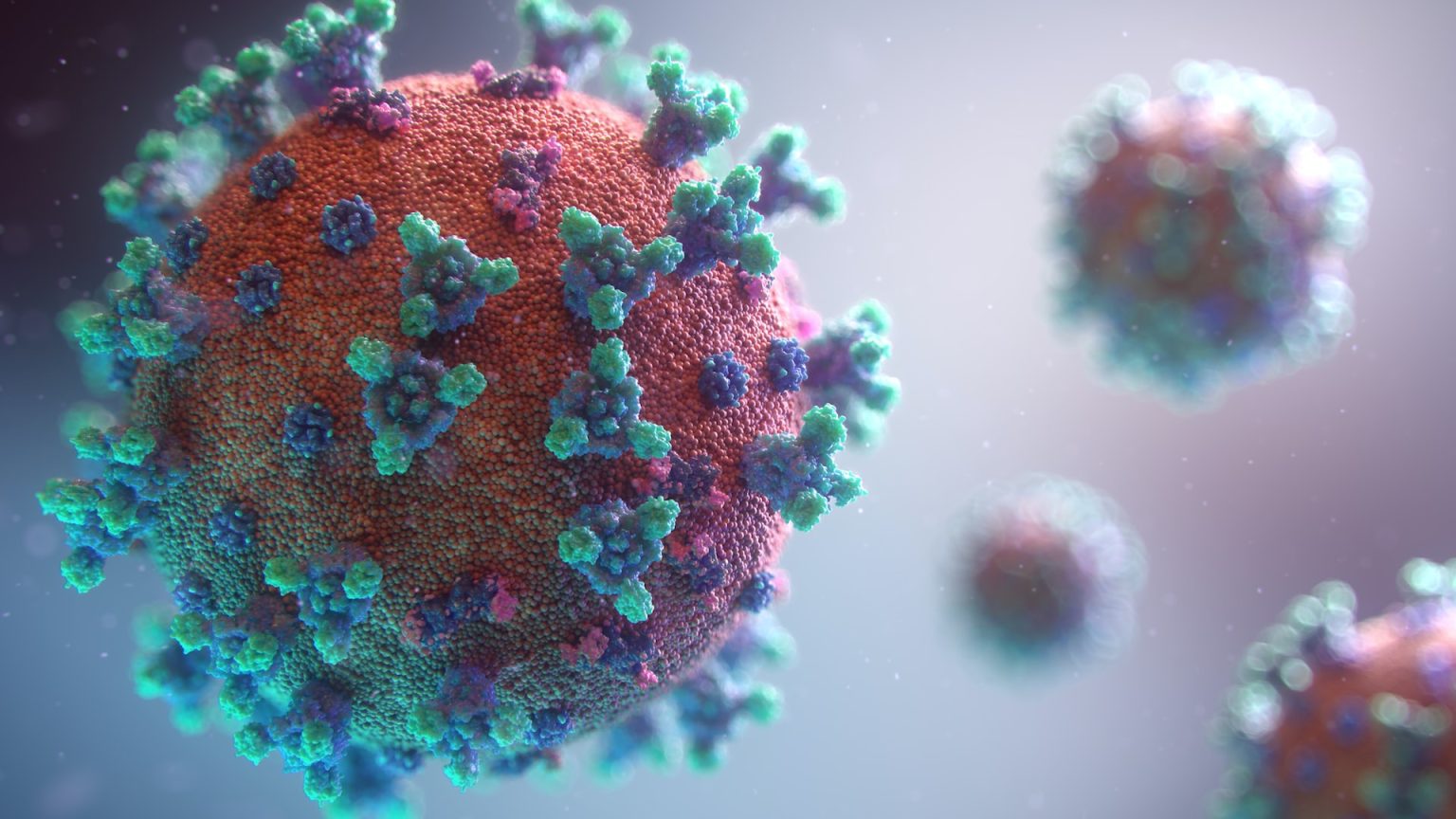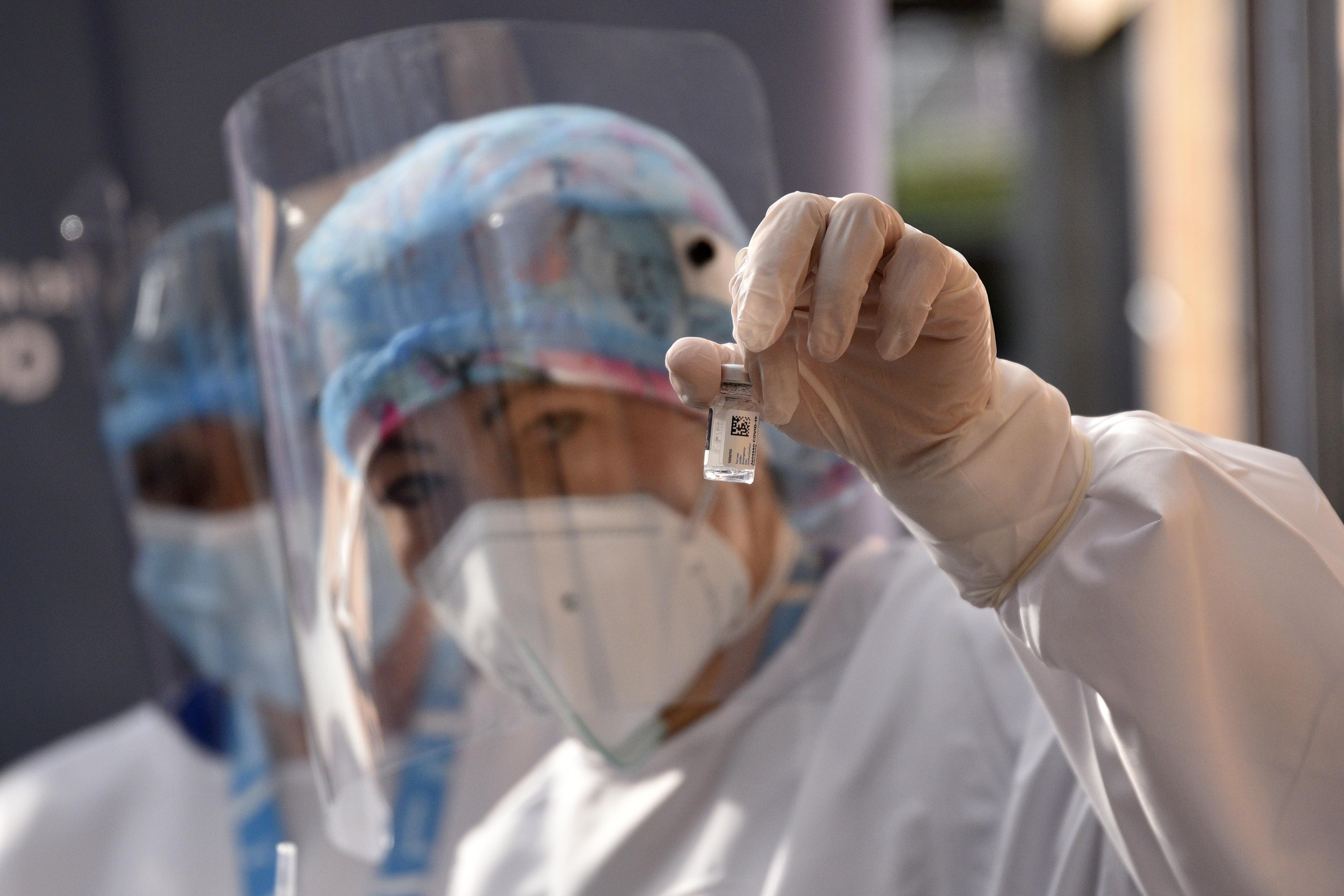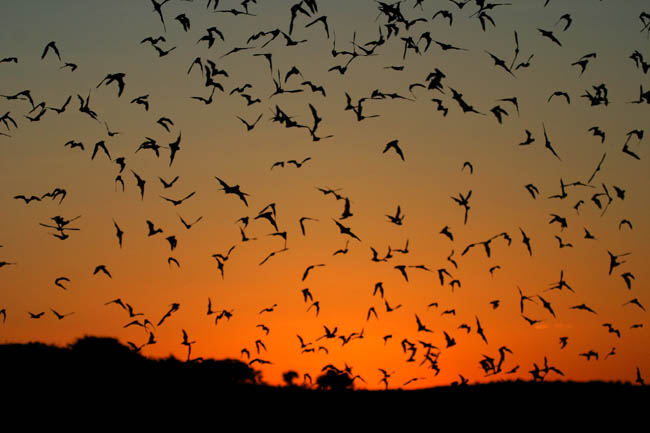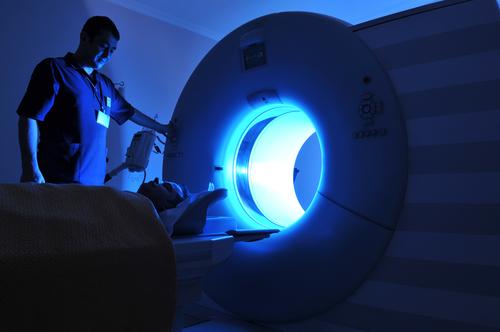Deadly Super-Virus Created in Lab

What’s the Latest Development?
Dutch scientists have genetically altered the H5N1 bird flu virus to make it more contagious. A debate is now brewing on whether to publish their process. What has stopped the H5N1 virus, a nasty threat that kills over half its victims, from becoming a global pandemic is that, until now, is has not been readily transmittable from human to human. Scientists in Rotterdam used ferrets, which closely mimic the human response to influenza, to test their strain, which mutated to become airborne after just ten generations.
What’s the Big Idea?
Should the research on how to engineer a deadly virus be published? Experts say that, were an airborne H5N1 to infect humans, it could wipe out half the population. Dr. Thomas Inglesby, director of the Center for Biosecurity of the University of Pittsburgh Medical Center, says the research should not have been done in the first place, let alone be published. Others defend the principle of freedom of information and say that the research will allow the scientific community to prepare for an H5N1 pandemic.
Photo credit: shutterstock.com





